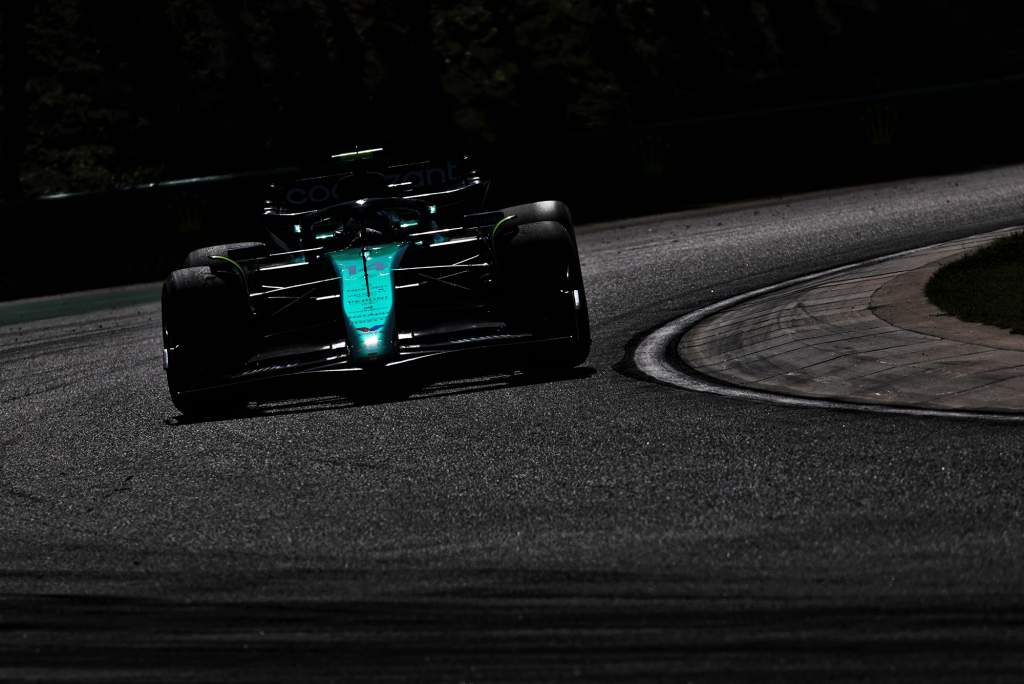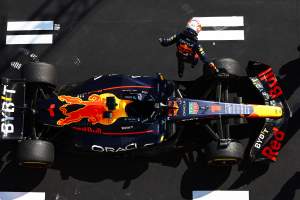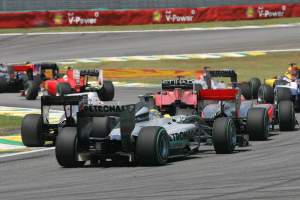Up Next

Fernando Alonso has hinted several times that the change in the Formula 1 tyres from the British Grand Prix has contributed to Aston Martin’s recent disappointing form and the shuffles in the chasing pack behind Red Bull. So does he have a point?
The change to the construction of the tyres was in response to the unexpectedly rapid increase in downforce of the 2023 cars compared to last year, despite the floor edges and diffuser throat height being raised to reduce the risk of porpoising.
Pirelli puts the increase in vertical load on the front and rear axle since last year at 15%, which is bigger than the predictions it was originally working to based on data from the teams, hence the need to modify the construction.
The change coincided with a volatile period in the battle behind Red Bull with McLaren catapulting into contention, Mercedes taking its first pole position in Hungary before fading in the race, Ferrari proving erratic and Aston Martin failing to threaten the top three after accumulating six podiums early in the season.
Alonso has argued that “in sport, you [don’t] change the balls in the middle of a tennis tournament and this is what happens when we change tyres here”. However, that comparison only goes so far because such a change would happen in tennis if the balls used were at risk of failure because of being subjected to higher-than-expected forces from being struck by the rackets. That said, you can understand his point.
Alonso is not denying that car development has played a part and he accepts Aston Martin is slipping behind. But he has referred to the tyres multiple times.
“We need to improve,” he said after qualifying in Hungary. “There’s no doubt we made a step backwards in the last few races and everyone did a step forward.
“Also, it [seems like] a coincidence that when the new Pirelli tyres came in Silverstone there are a couple of teams that we are struggling more, and a couple of teams are very happy with the car now.
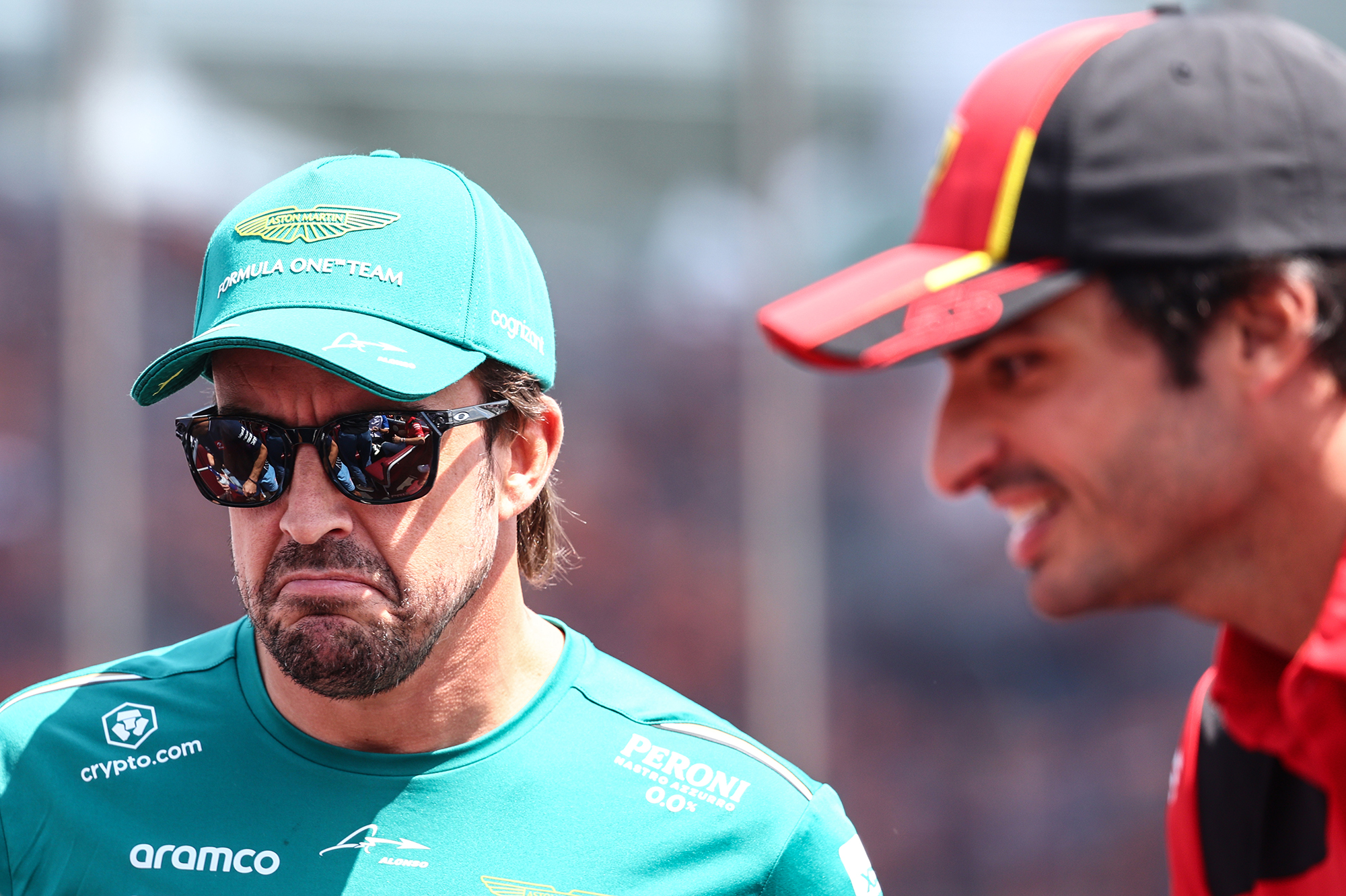
“It’s not only us, I think Red Bull has clearly has been hit with those tyres, they’ve been 1-2 in every qualifying, 1-2 in every race, and now they are not even on pole position.”
Alonso also suggested that “you can feel the car a little bit different with the tyres”. And while he then accepted it’s difficult to be “neutral” on that topic and that development has played a part, the driver is the most sensitive sensor in the car because they are feeling what the whole car is doing. So we can’t dismiss Alonso’s concerns.
However, Max Verstappen won the Hungarian Grand Prix by over half a minute one day after Alonso’s comments about Red Bull’s apparent loss of form, with Alonso and team-mate Lance Stroll ninth and 10th. Alonso suggested that reflected the Aston Martin’s pace, which came as a surprise at a track where the AMR23 was expected to be stronger.
“We need to see many things,” said Alonso. “It’s up to us to understand a little bit better what the car is doing now compared to the beginning of the season, how many upgrades we brought compared to our competitors, understand the new tyres the best. They are the same for everybody, so we just need to do our job.”
WHAT ALONSO’S BOSSES THINK
So what does everyone else say about the tyres? Aston Martin performance director Tom McCullough was asked about this before the race and explained the team is “still learning with those tyres”. He also indicated that when the team first tried them in Friday practice at Barcelona two months ago, no “huge differences” were seen.
“Thus far the changes have been quite small,” he said of the impact of the tyres and the changes the team has had to make to accommodate them when asked about this by The Race.
“We did some measurements of the tyres where we could compare them back-to-back in Barcelona, like lots of teams did, so no big changes at this stage.”
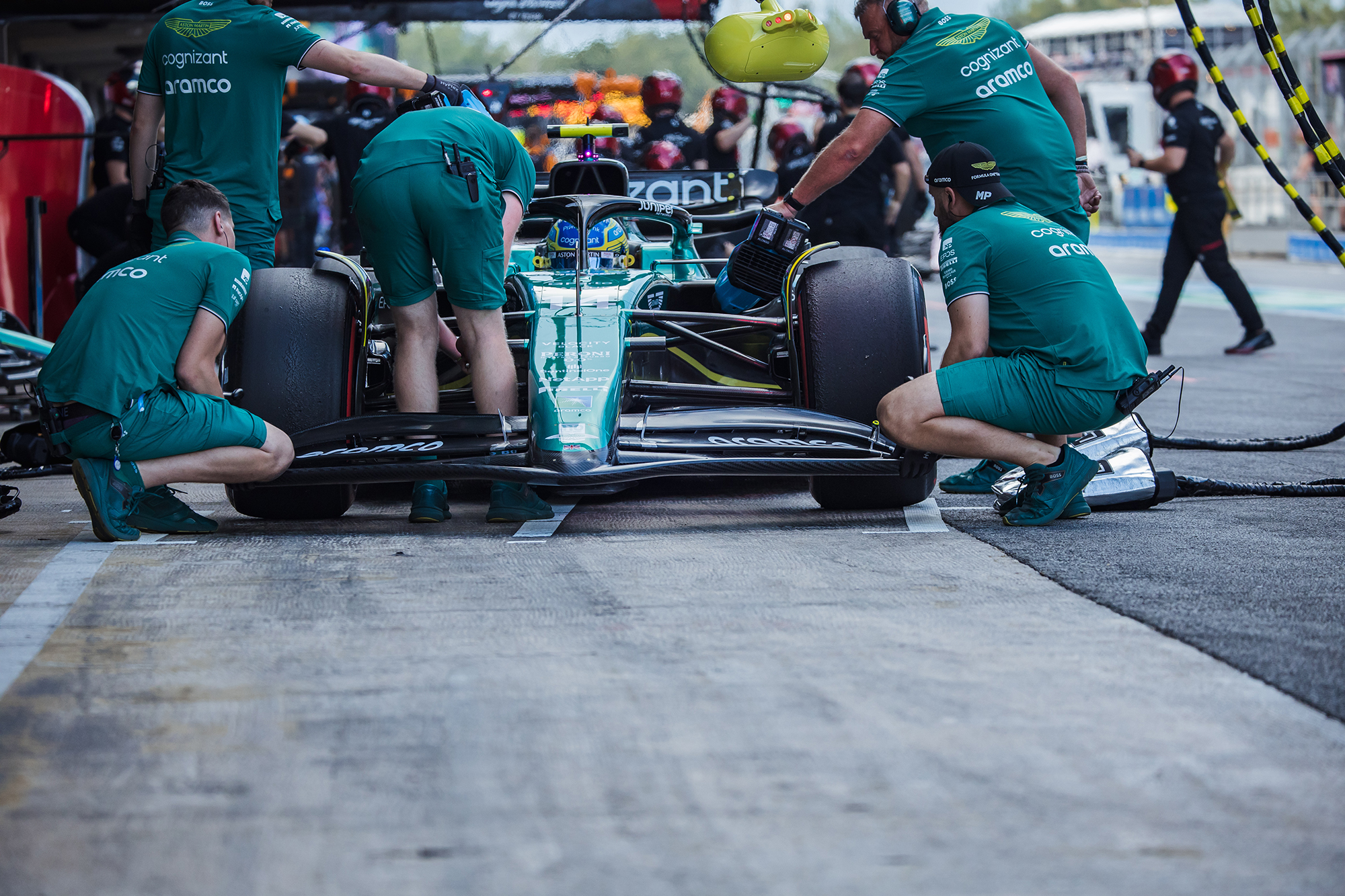
The seemingly minor level of set-up changes is significant given that if the tyre construction change had significantly affected the cars, it would likely have required adaptation.
Tyre changes can influence more than just car balance. Thanks to the significance of the aerodynamic turbulence coming off the front wheels, even a small change can impact the aerodynamic map of the car in a meaningful way. What’s more, a change in tyre shape can affect ride heights, or require big changes in the camber or associated suspension settings given how essential the tyre contact patch is. The overall stiffness of the tyre can also shift and cause problems.
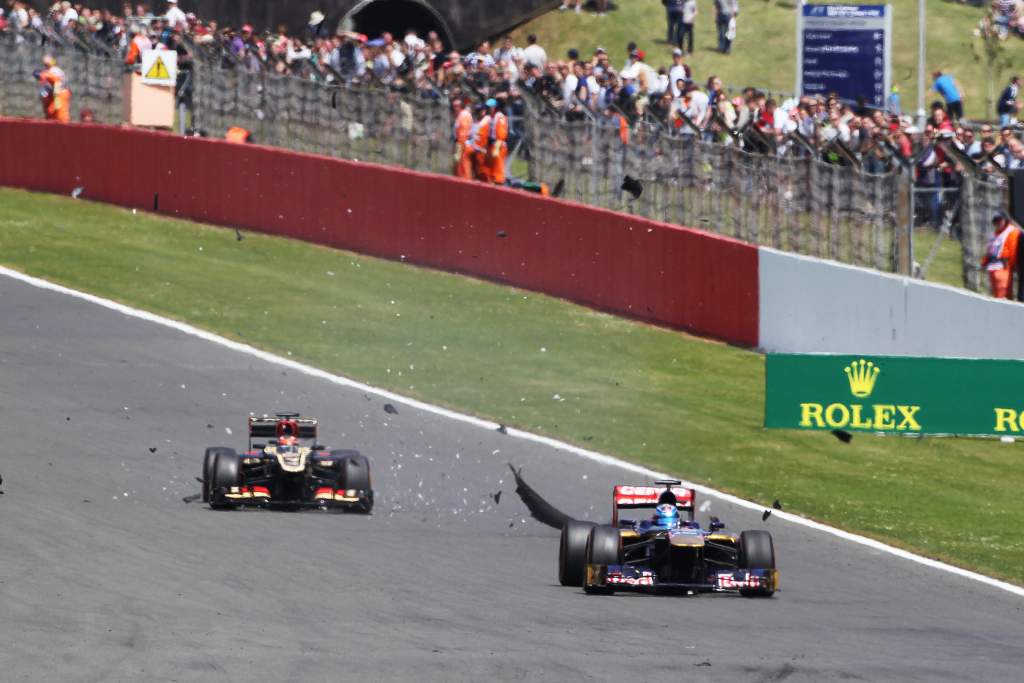
In the past, in-season tyre changes have had a significant impact. For example, in 2013 there was a major change to the Pirellis after multiple tyre failures at the British Grand Prix that required modifying the shape of the tyre. This had an impact both on the aerodynamics and ride heights. This is because the change had to be more dramatic. But that’s not the case this year.
Aston Martin team principal Mike Krack was also at pains not to blame the tyres when Alonso’s comments were put to him.
“The tyres are the same for everybody,” he told The Race. “I would not blame it on the tyres because that would be too easy.
“We should not look for an excuse, everybody has the same tyres and even if the cars are remixed after a change, or after they change the boundary condition, you have to adjust in Formula 1.
“We cannot say we have a handicap because of that. We need to learn as much as possible on these and then improve but I think it would be too easy to say it’s the tyres.”
Asked if the team had detected any aerodynamic affect, something that his reference to the boundary condition elicited, he said it was difficult to untangle that from the big swings in performance caused by the development war.
“They are too coincidental with large upgrades of the competition to really identify,” Krack said.
“We had a session in Barcelona where we compared them, at that stage we did not see a big difference. It could be that maybe on the track like this is different and that we will see over the next races. But as I said, we don’t look for excuses.”
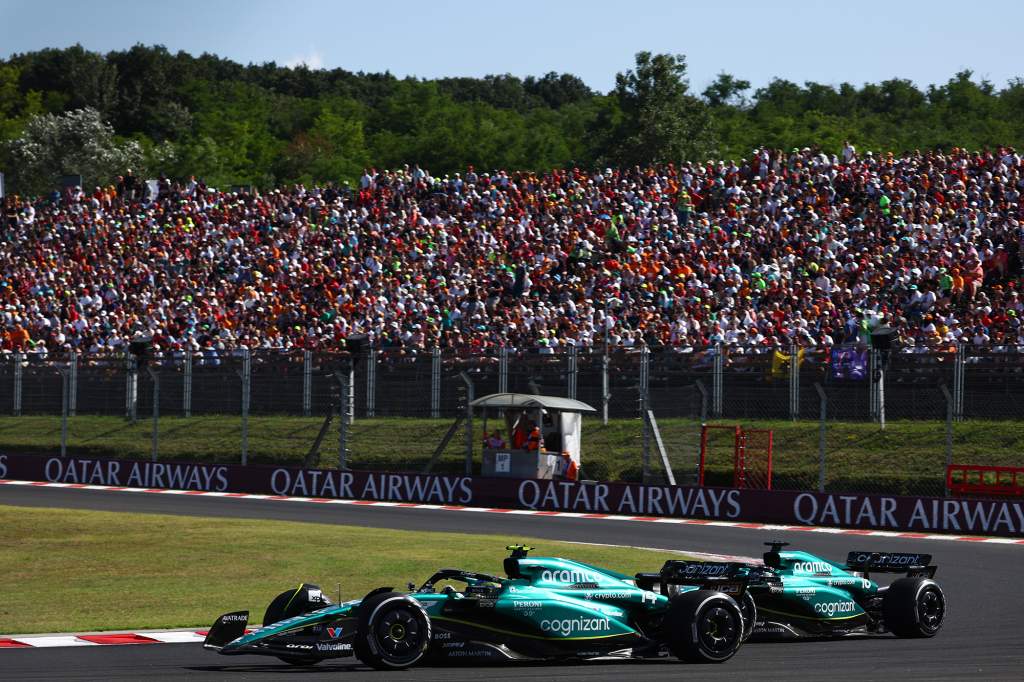
While both McCullough and Krack left the door open for the tyres potentially playing some role, it’s clear they felt the rate of development was by far the most significant factor.
Aston Martin introduced its last major upgrade in Canada in mid-June and since then McLaren has taken a huge step, with further developments being introduced by Mercedes and Ferrari. Aston Martin’s changes across Austria, Britain and Hungary have all been circuit-specific rather than car baseline changes.
WHAT ASTON’S RIVALS RECKON
As for the other nine teams, Red Bull chief engineer Paul Monaghan said the tyres were not a radical shape change and also referred to the aerodynamic war as more influential.
“I don’t know because we can’t put other people’s cars back on the previous tyre so I can’t answer your question with an objective measurement,” he said when asked if the tyre change had contributed to the shuffle in the competitive order.
“Subjectively, no one’s standing still. Ferrari, Mercedes, McLaren, Alpine, Alfa Romeo, they’re all allowed to develop the same as we are. They all have a little bit more windtunnel and CFD time than we do, that’s the nature of the beast. So it might not be just the tyres.
“If the tyres suit them a little bit then fine, it’s not as if it’s a radical shape change, which is going to give you aerodynamic difficulties, necessarily.”
Monaghan confirmed that some changes had been made in terms of set-up at Red Bull, but that these were minor tweaks.
“We’ve made some set-up changes to accommodate them, that’s nothing unusual,” he said when asked by The Race about the impact of the tyres at Red Bull.
“On the scale of things it’s relative damage, or relative improvement. Our job is to get the most out of the tyre. Whether we’ve made large set-up changes or relatively small ones doesn’t matter, it’s a competition and it’s our relative position to our opposition that is of interest. Whether the tyres are good, bad, indifferent, big change, little change, doesn’t matter – it’s how we exploit it.
“So yes, we’ve made some subtle changes. Are they dramatic? I would consider them relatively small, but that doesn’t mean to say our other opposition haven’t made bigger changes.”
McLaren team principal Andrea Stella shrugged off the suggestion that the tyre change has helped it to leap up the order to finish second in the last two grands prix.
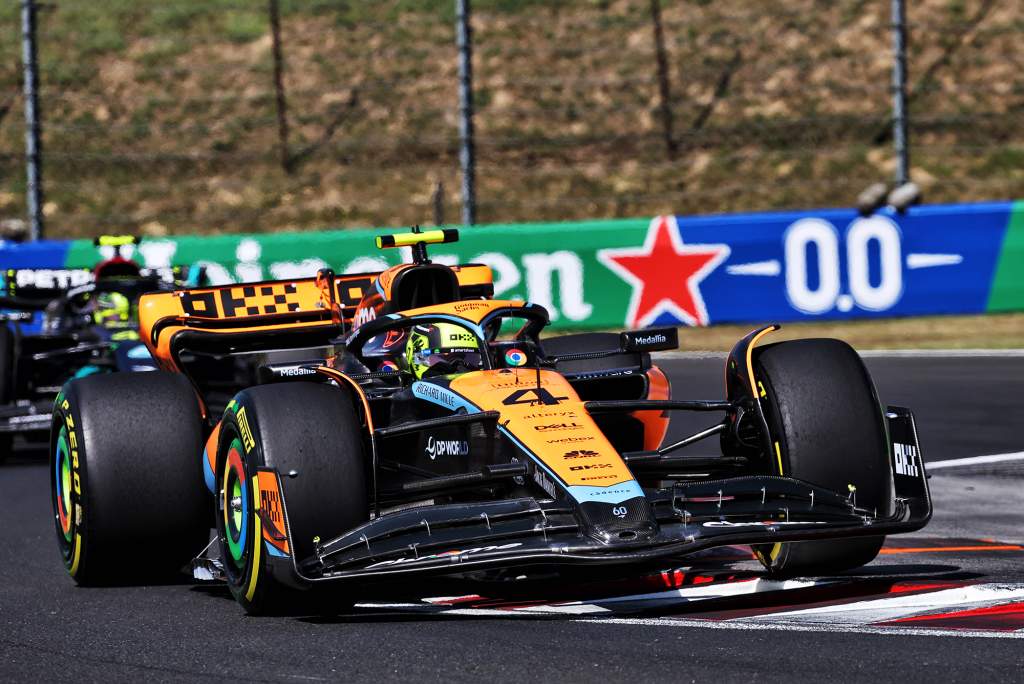
Given the major changes made by McLaren aerodynamically, upgrades that even before Silverstone the team had high hopes for, it seems more realistic to point to those as the reason for its leap forward.
After all, correlation does not always mean causation and the tyres changing was not the only shift, which is also supported by the fact McLaren’s improvement began in Austria, one race before the change.
“We don’t have any technical element to confirm this hypothesis,” said Stella when asked about Alonso’s suggestion.
“I understand that there may be a kind of time correlation. Now I don’t know what their own assessment from a performance point of view is at Aston Martin. They may see some time correlation with their performance in the introduction of the new construction.
“But for what we understand from a technical point of view, there is no reason to think that this is a significant impact on performance.”
AlphaTauri’s head of trackside engineering, Jonathan Eddolls, confirmed it had made minor changes to accommodate the change of tyres but also indicated these were not significant.
“Honestly, from our side there’s subtle differences,” he said when asked about the impact of the tyres.
“We’ve not changed set-up philosophy, set-up direction, we’ve not needed to change the driving style. So from our side I’d say fairly minimal.”
Alpine sporting director Alan Permane shared that view and suggested the supposed influence of the tyre change could be a red herring.
“The change was very subtle from what I understand,” said Permane. “I don’t think they’re a huge factor.
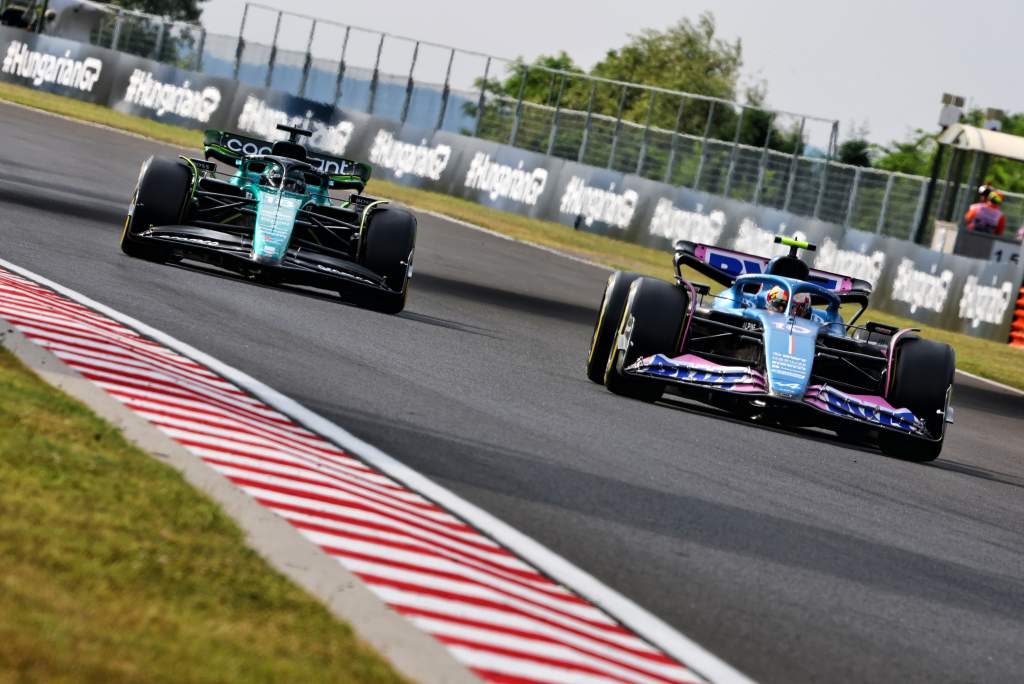
“I’ve read that Aston and Red Bull are maybe questioning their pace a little bit, but it could just be down to development.
“We know McLaren had a huge step but that kind of coincided with the tyres – although we didn’t have the tyres in Austria and they were quick in Austria. So I suspect that could be a red herring.”
These views are echoed publicly and privately through most of the paddock.
WHAT PIRELLI THINKS
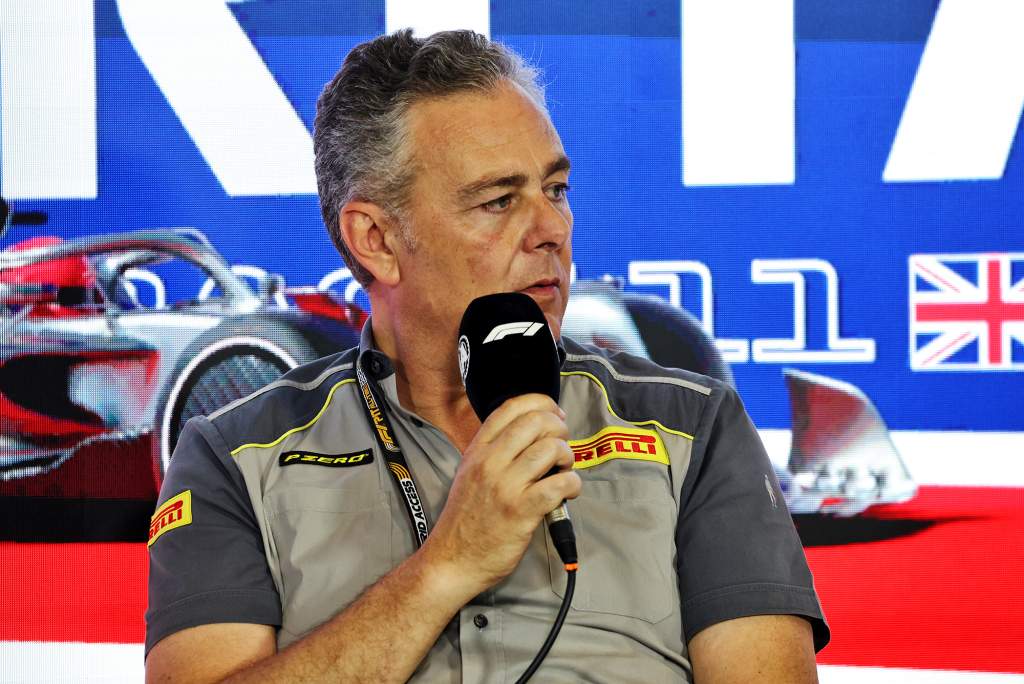
Those team stances also reflect Pirelli’s claims about the extent of the change. While it won’t explain in detail what has been modified, it has confirmed it amounts to a change of one material used in the construction.
“I didn’t see any difference,” said Pirelli F1 boss Mario Isola when asked by The Race about Alonso’s comments on the impact of the tyres. “It [the new construction] was tested in Barcelona and the feedback from the teams was clear: they didn’t feel any difference.
“We tested this material in some of our tyre development tests with different teams and the feedback from the drivers was that [the change] is transparent and despite the fact that it’s more resistant, it doesn’t mean that it’s stiffer or heavier – 400g [per set] is nothing.
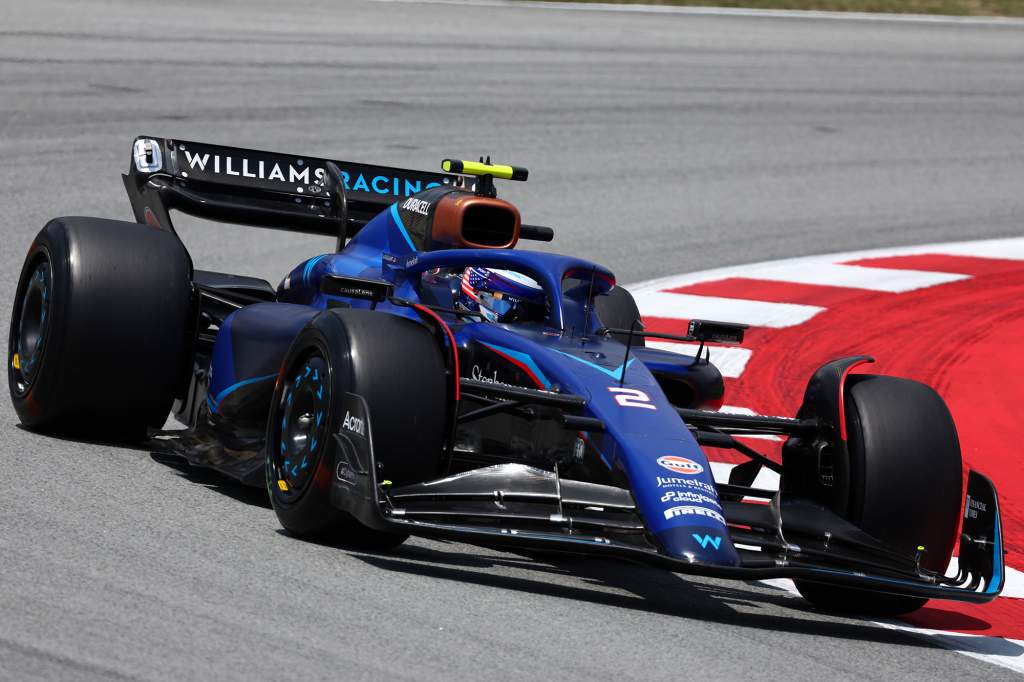
“When we introduced the new material in Silverstone, we also collected feedback from the teams. Some said we’re just have to make a small change in the set-up, some said we didn’t find any difference, but the general feedback was neutral.
“The teams, especially in this part of the season, are developing their cars quite a lot and bringing new upgrades to the car. We saw Mercedes improving before Silverstone, we saw McLaren improving before Silverstone and it’s not the tyre that is making a difference.
“I don’t see any technical evidence to say that the new construction is changing the balance across the teams.”
SO IS ALONSO WRONG?
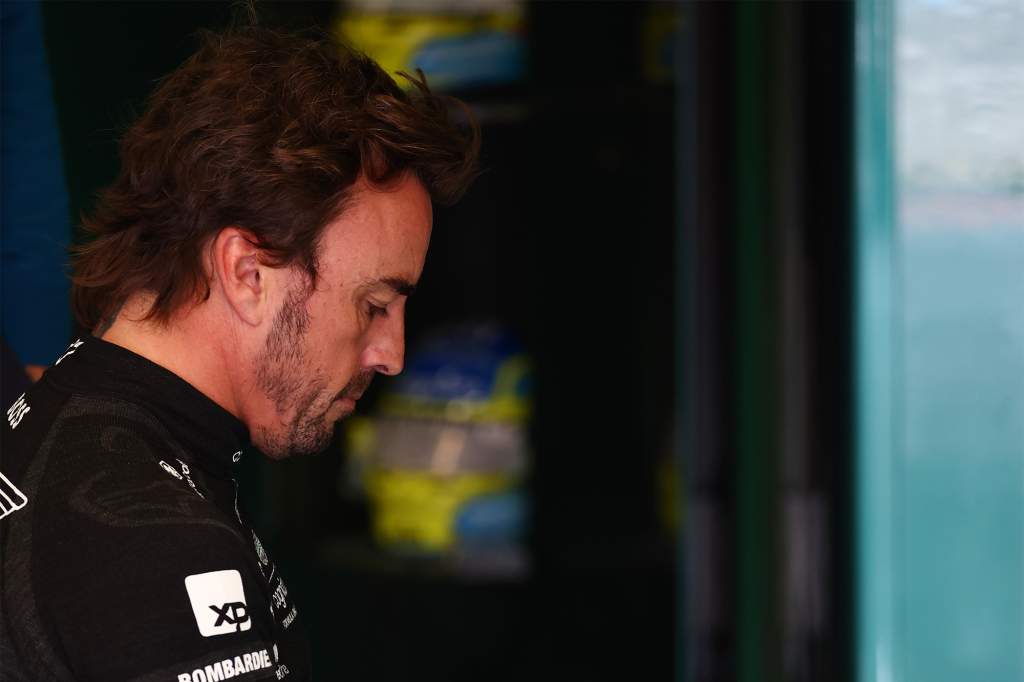
It’s impossible to dismiss Alonso’s arguments about the tyres out of hand, especially as he referred to a change in feel of the car. It’s also not impossible that a trivial change in the aero characteristics of the tyre could affect a team more than others.
But given the tightly-compressed field means that small performance swings with upgrades and track characteristics can easily turn a team that was second-fastest not so long ago into fifth fastest, the balance of probability is heavily in favour of the tyres being at most a very minor factor and perhaps entirely trivial.
By Alonso’s own admission, Aston Martin needs to make gains. Certainly, the team needs to avoid getting into the mindset that the tyres are to blame and take its eye off the ball.
As always in F1, the solution will be to work, understand, improve and find ways both to add performance to the car, and to ensure that it hasn’t made a wrong turn in set-up direction that might have cost it the few tenths that have turned it from podium regular into minor-points scorer.


